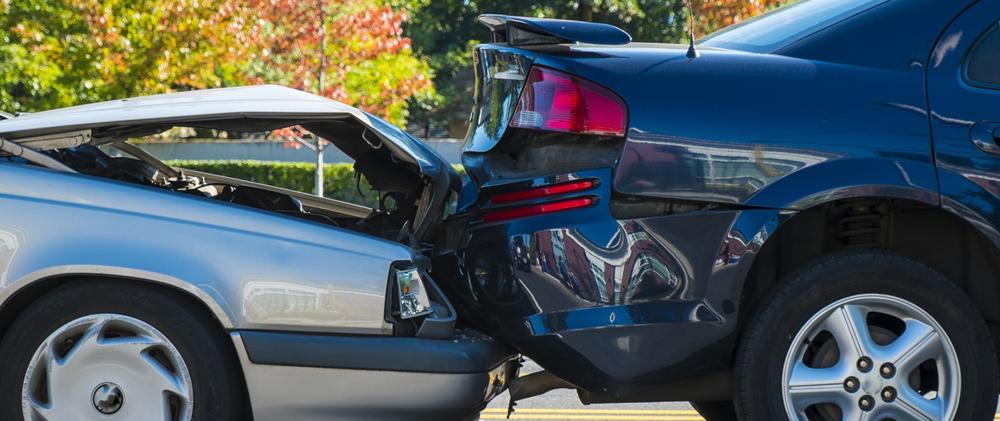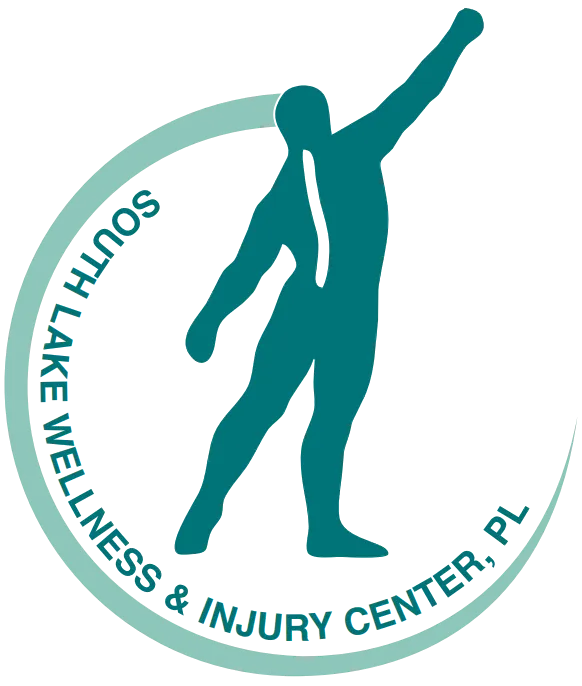
- posted: Sep. 18, 2018
Following a vehicle crash, most patients go to the Emergency Department. This is a great place to be for evaluation and treatment of life threatening injuries, such as broken bones, internal bleeding or lacerations. However, I have found most patients are not given an accurate description of what to expect if their injuries are not considered “life threatening”. Patients that fit into this category are usually told something like “you’ll be fine in a few days” and then discharged.
After the prescription of muscle relaxants and pain medication is gone, most patients make their way to our office wondering why they still have pain. This office is where we explain, evaluate and treat the patient for the musculoskeletal injuries that may been previously overlooked. The treatment may involve multiple therapies, depending on the patient and their current stage of healing. Our office utilizes therapies to help reduce swelling, increase range of motion and decrease muscle tension with the goal of relieving pain and optimizing the healing process.
After the crash, pain can worsen over the first few days as the adrenaline subsides and swelling around the injured joints accumulates. Typically the pain will be at its strongest the 3rd and 4th day following the crash. Symptoms will last a different amount of time depending on what tissue has been injured. Resolving first, usually 1-2 weeks, is pain associated with muscle strain. Most pain that lasts longer than 3 weeks is due to damage to cartilage, ligaments, tendons, or bones.
The treatment will be specific to each patient’s individual needs, and can vary from 6 weeks to 6 months or more. Patient recovery times over the course of treatment will depend on a few factors; age, symptom severity, body type, occupation and daily activities. Even patients that were involved in the same crash may need different treatment plans.
In general, the scope of treatment for car crash injuries will fit into a few categories:
-
Musculoskeletal therapy (Chiropractic, physical therapy…)
-
Medication (Pain, muscle relaxant, anti-inflammatory…)
-
Injection (Trigger point, facet, epidural…)
-
Surgery (Discectomy, fusion…)
Not every patient will need all of these interventions. The goal is always to help the patient recover using the least amount of invasive treatment necessary.
Pain can be frustrating to deal with long-term. It can interfere with every activity, even sitting on the couch! Not to mention interfering with exercise and daily tasks. Stress levels can become elevated and it can be difficult to keep a positive outlook.
It is my hope that this description will give you some understanding of the pain you or a loved one may be experiencing due to a car crash.
Locations
2745 Citrus Tower Blvd
Clermont, FL 34711, US
Office Hours
Our Regular Schedule
8:00 am - 1:00 pm
2:00 pm - 5:00 pm
10:00 am - 1:00 pm
2:00 pm - 6:00 pm
8:00 am - 1:00 pm
2:00 pm - 5:00 pm
10:00 am - 1:00 pm
2:00 pm - 6:00 pm
8:00 am - 1:00 pm
Closed
Closed

